Today I bring a species a little strange, it is the Numbat, is a marsupial mammal family of anteaters, come with me to learn a little about this incredible animal. Are in Australian territory.
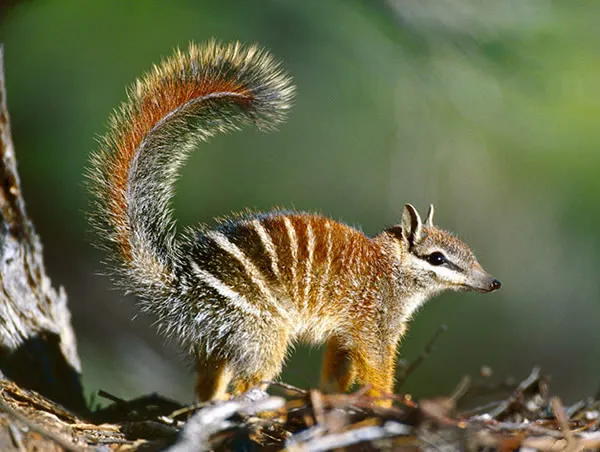
The Numbat is a very striking mammal, its head is pointed and small, just like its ears and, short legs and claws somewhat long with a long tail and hairy, its color is grayishly reaching reddish tones, also accompany his fine coat black and white stripes on his back. Its tongue is very sticky and long, approximately has a length of 10 to 11 cm, which is used especially to reach the cavities of the trunks.
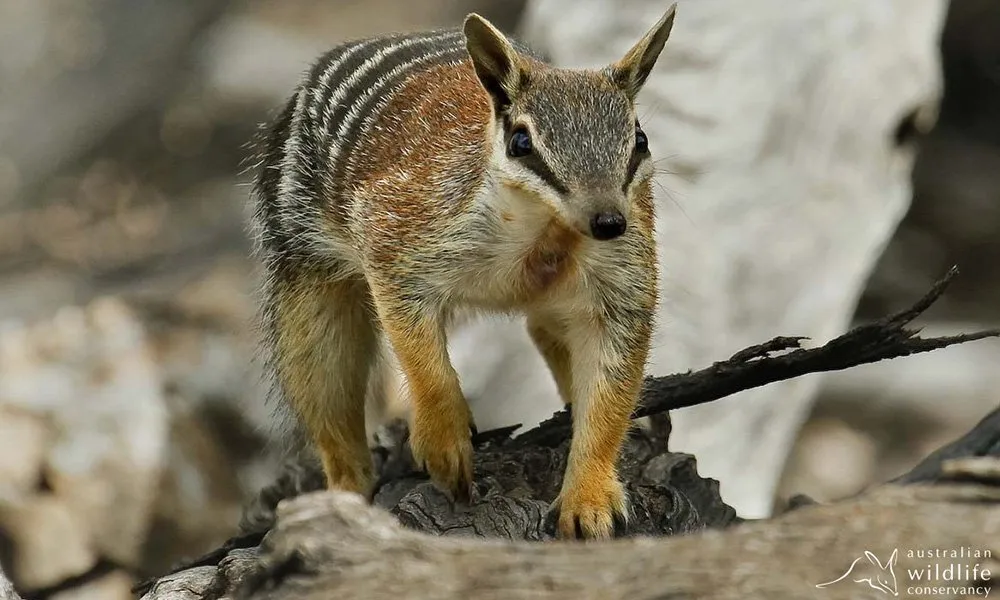
His nose is very long and pointed also uses it to enter holes in both the ground and the trunks in search of termites, its powerful smell allows you to perceive where there are termites, with its powerful and sharp claws cava hollow in search of termite galleries.
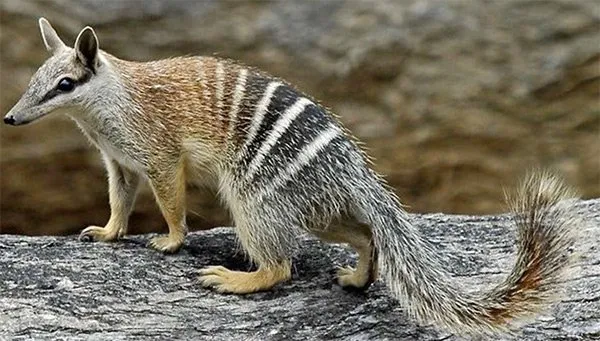
This mammal does not have teeth like other mammals, they also move away from other marsupial cousins like kangaroos by not having an adequate bag to carry their offspring, so they have folds that cover babies while they are breastfeeding.
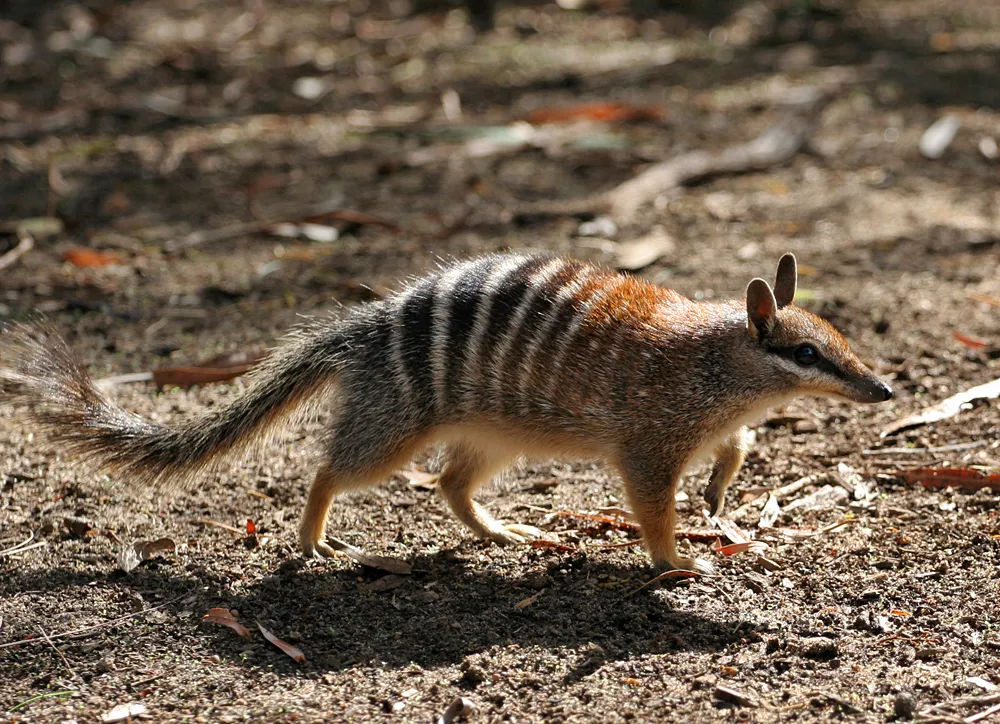
Their behavior is passive compared to other mammals, is docile, and only concentrates their efforts in obtaining their daily ration of termites, essential for their survival in nature, can desist from drinking water from rivers or other sources, as they get the necessary hydration from the termites they eat.
They work looking for their food exclusively during the day, they are a bit weak to break termite mounds, so they depend on termites being within reach of their tongue.
They are usually alone, rarely encounter any of their species, unless it is mating season.
They are very territorial and can fight frantically to protect food sources, they need to travel long distances to find termites, so they are usually around 25 to 50 hectares per numbat.
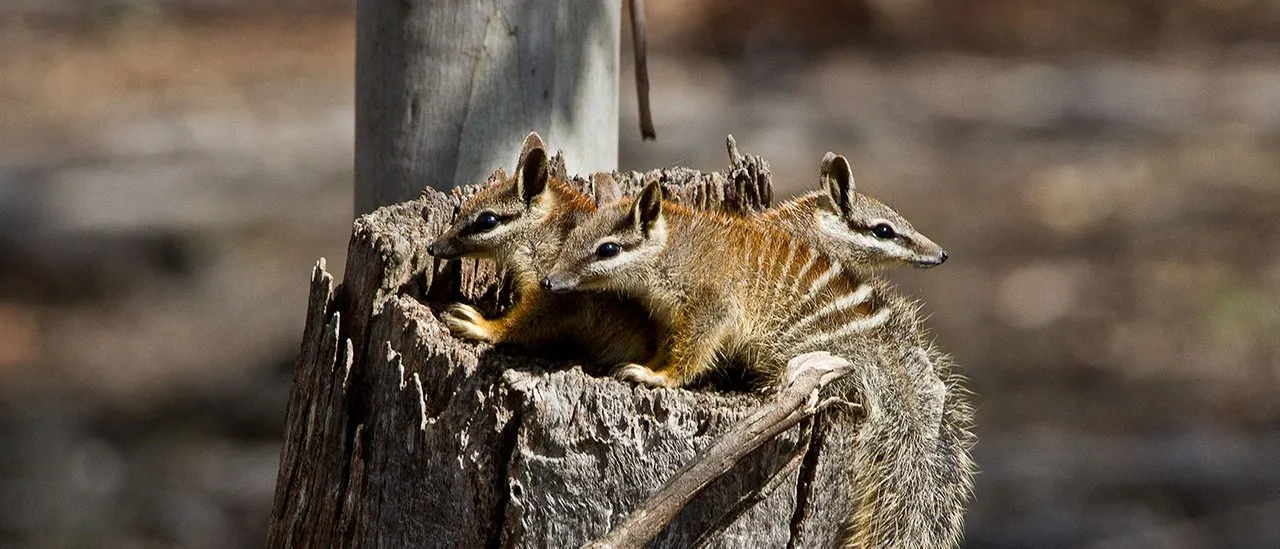
Their resting place is burrows, although they can live perfectly in the hollow trunks of some trees, inside they carefully accommodate herbs, barks, feathers, dry leaves, and flowers, to make a perfect nest.
They are found in eucalyptus forests, or where they can use old trees as shelter.
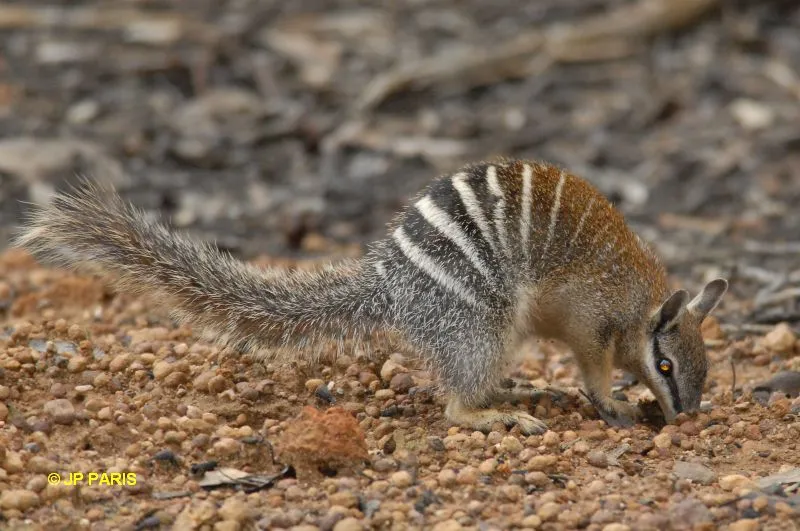
They feed in open areas near the bush cover. Trees provide some protection against birds of prey, but there needs to be space between the foliage for the sun to reach the forest floor and warm the soil for the termites to be active.
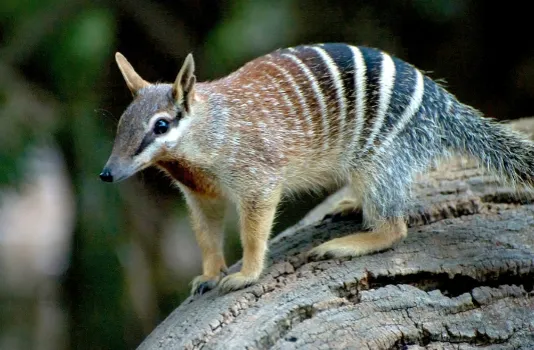
Because they are active during the day, they run the risk of being captured by birds of prey, snakes, and foxes. Their scratched hair helps them camouflage themselves against the forest floor. They also have eyes on opposite sides of the head (like other prey species, such as rabbits), which allows them to have a good view of things coming towards them. They sit like suricates to take a good look around and if they perceive danger, they freeze (and stay very still until the danger has passed), or they run under the cover of nearby bushes, trees, and trunks and hide.
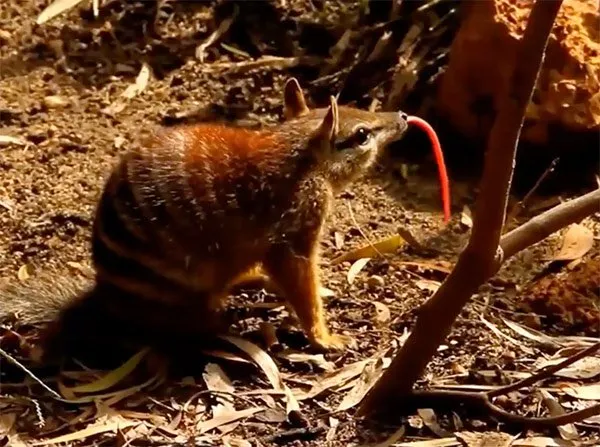
The numbers have dropped dramatically since the first European settlers arrived in Australia only 200 years ago. Their habitat has been cleared for agriculture and destroyed by forest fires. In addition, introduced dogs, cats, and foxes hunt them as they are slow and easy to catch.

Thank you for reading


If you liked reading this article, feel free to FOLLOW ME, UPVOTE and RESTEEM! It's always appreciated =D. Thank you all for your support and see you soon for the news flamingirl's adventures!

